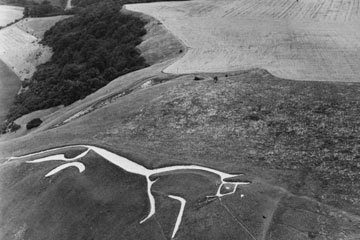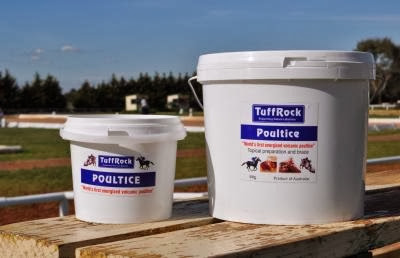The other day I was out and about doing some warm up with Copper and I was delighted to find the most powerful, spring-y, suspended walk strides that I have ever felt from him. I mean, that boy was really sitting on his haunches and engaging his hind engine – he was so collected and elevated!
Thus, my secret hack for a sport we all know has no short cuts… Hill work.
How to do it:
I was warming up Copper, so I focused on allowing him to swing freely over his back. To do this, I sat in two-point and gave him his head so he could walk freely up the hill. At the top, I turned him around and sat as lightly as possible through my seat as he went downhill.
I did that until he felt sufficiently free-striding, then shortened my reins to take up contact. On the way back down, I rolled my hips with the swing of his barrel (sometimes this is described as a figure of eight motion, sometimes a ‘C’ shape, sometimes a side-to-side movement. I like to think of it like bicycling my hips in time to his swing.) and sat down into his movement.
At the same time, I kept my hands steady, and light, with an elastic, supple connection through my elbows. I literally was thinking “Lift up, lift up” asking him to lift through his shoulders. He responded by doing that and really sitting on his haunches. Man, it felt so good!
I was like *gasp!* “We can dressage!” and Copper was all *gasp!* “HARD!” and lost it… Haha.
Still, it was one of those lovely moments when you know that you are doing something right because you felt that next level dancing tantalizingly just out of reach. I love it, because it gives me something to aim for. I know the movement and ability is there, I just have to unlock it.
I called this post ‘hack’ though for good reason, because honestly, I think it easily could have been months, maybe years before I felt that kind of movement from him in an arena. Having the benefit of the hill to encourage Copper to sit deeply and engage his hindquarter engine is invaluable.
Though we know there really aren’t any hacks to true collection, I think we both benefited from feeling that true elevation. Hill work is a great tool to have in the dressage training toolbox as it’s a long path, but so worth it.
See ya,
bonita









